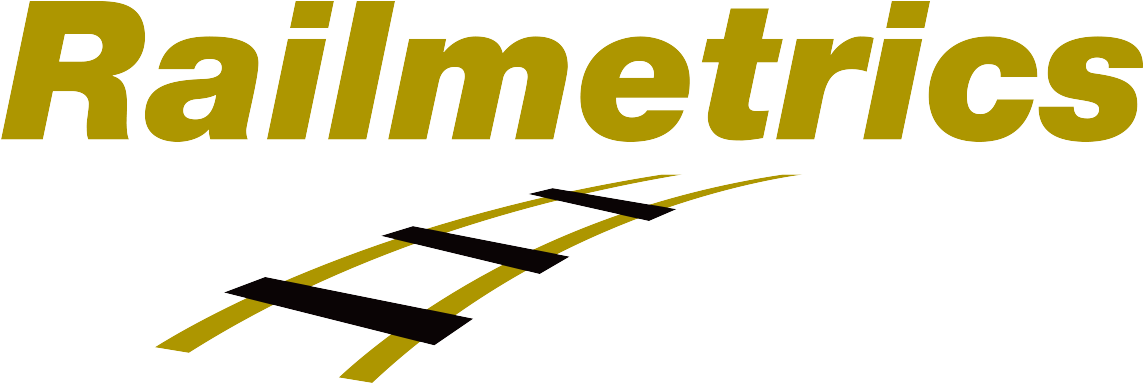Why NDT Matters for Wind Turbines
- Prevents unexpected failures by detecting fatigue cracks, corrosion, and weld defects.
- Reduces maintenance costs with proactive condition monitoring.
- Maximizes energy output by ensuring structural reliability.
- Ensures compliance with industry standards like DNVGL-CG-0051, ISO-13588, and ISO-10863.
NDT Solutions for Key Wind Turbine Components
Wind Turbine Towers
Towers serve as the structural backbone of wind turbines, elevating the nacelle and rotor blades to capture stronger, more consistent wind speeds. Given their height and exposure to wind loads, vibrations, and extreme weather, regular inspections are essential to detect weld defects, fatigue cracks, and corrosion before they compromise turbine safety and performance.
Base and Foundation
A wind turbine’s foundation provides stability and absorbs vibrations caused by wind forces and the turbine’s weight.
- Onshore turbines use concrete or steel-reinforced foundations.
- Offshore turbines typically rely on monopiles—large cylindrical steel structures embedded deep into the seabed.
- Floating offshore turbines, while eliminating the need for monopiles, require specialized anchorage systems for stability.
Tower Sections and Weld Inspections
Towers are typically made of monopile steel cylinders welded together at flange connections to maximize transportability and ease of assembly on-site. Heights range from 80 to 160 meters (262 to 525 feet), with taller towers enabling longer blades to capture more wind and generate more energy.
Because these welded sections endure high stress, comprehensive inspections are needed both during manufacturing and in-service.

Manufacturing Inspections
Eddyfi Technologies’ mechanized PAUT and TOFD solutions provide high-speed, volumetric inspections for monopile welds—a code-compliant alternative to traditional Radiographic Testing (RT) that drastically reduces inspection time.
Learn more about mechanized PAUT & TOFD for monopile and wind tower welds
Additionally, Eddyfi Technologies’ Eddy Current Array (ECA) solutions replace Magnetic Particle Inspection (MPI) and Liquid Penetrant Inspection (LPI) for surface flaw detection on welds, heat-affected zones, and parent materials.
- Faster, more reliable flaw detection
- Minimized downtime & increased inspection efficiency
In-Service Inspections
When cracks develop in a wind turbine tower, they pose serious risks, compromising both structural safety and operational efficiency. Early detection is essential to prevent costly failures and ensure continued performance.
Phased array ultrasonic testing is the most effective volumetric inspection method for identifying manufacturing and in-service defects, offering superior coverage and traceability compared to conventional ultrasonic testing.
With Eddyfi Technologies’ complete PAUT solutions—including best-in-class hardware, software, scanning mechanisms, and probes—inspections are faster, more efficient, and highly accurate. While PAUT generates larger data sets, UltraVision® assisted analysis tools streamline data interpretation, flaw sentencing, and reporting, allowing for quick and confident decision-making.
The latest Full Matrix Capture - Total Focusing Method (FMC-TFM) technology available in Eddyfi Technologies’ portable PAUT instruments delivers the highest flaw sizing precision on the market. This enables better fitness-for-service assessments and periodic monitoring of existing flaws to determine structural integrity over time.
Eddyfi Technologies’ in-service PAUT solutions are actively used to monitor turbine towers, providing critical data for repair planning and risk assessment. Additionally, PAUT is used for bolt inspection, ensuring the integrity of critical connections that secure the tower to the foundation and sectional joints.
Eddy current array technology is particularly effective for detecting small cracks and surface flaws caused by production defects, mechanical stress, or corrosion.
Unlike conventional methods, ECA can inspect through coatings (such as galvanization) without requiring removal, offering a non-invasive, cost-effective, and highly efficient alternative to Magnetic Particle Inspection (MPI) and Liquid Penetrant Inspection (LPI).
Discover how advanced ECT technology helps prevent turbine failures.
Wind Turbine Blades
Turbine blades are like the propellers of an airplane or helicopter and use the aerodynamic force of the wind to turn a rotor, which spins a generator. The blades are made of multiple material types (steel, Glass-Fiber Reinforced Metal (GFRM), Carbon-Fiber Reinforced Metal (CFRM) and even wood, assembled together to get a final product which yields the desired properties of high strength, high stiffness, and light weight. The multi-material nature of turbine blades make them challenging to inspect using NDT.
Check out our blog on what you need to know about Glass-Fiber Reinforced Plastics (GFRP) and Carbon-Fiber Reinforced Plastics (CFRP) inspection with ultrasonic methods.
Because of the stress turbine blades are submitted to, they need to be inspected at the end of the manufacturing process before installation, and while in-service during the entire lifecycle of the wind turbine. UT and PAUT inspection performed manually, semi-automated, or fully automated are the most suitable techniques for the inspection of those multi-layered assembly looking for voids, non-bounded areas, or porosities. Learn more about our semi-automated and automated UT scanner solutions.
The main sections of the blades inspected using Eddyfi solutions are:
- Spar cap: looking for manufacturing defects (delamination, wrinkles, porosities)
- Spar cap to shear web bonding
- Leading edge bonding
- Trailing edge bonding
Nacelle Components and Bearings
The nacelle houses the gearbox, generator, and main shaft, which endure high rotational loads. Fatigue cracks and improper hardness treatments in these components can lead to costly failures.
PAUT and ECA are the most suitable inspection techniques for the manufacturing and in-service inspection of the main components inside the nacelle. Eddyfi Technologies’ current solutions are used for the following inspections:
- PAUT, FMC-TFM in-service inspection of drive train main shaft
- Specialized FMC technique for validation of hardness treatment depth of raceways during manufacturing
- FMC-TFM Measuring extend of flaws on nacelle brake pad welds of in-service nacelles
- ECA inspection of raceways during manufacturing
The Future of Wind Energy Maintenance with Eddyfi Technologies
As wind energy continues to expand globally, NDT innovation is critical for maintaining reliable operations and reducing long-term maintenance costs. Eddyfi Technologies delivers cutting-edge inspection solutions tailored for wind turbine manufacturers and operators, ensuring unparalleled accuracy, speed, and efficiency.
- Innovative PAUT, TOFD, and FMC-TFM solutions for wind energy applications.
- Automated inspection tools to improve efficiency and data reliability.
- Industry-leading software for faster, more accurate defect analysis.
Get started today! Request a demo or speak with a specialist about optimizing your wind turbine inspections.
Conclusion
Wind turbines are subjected to constant mechanical stress, making proactive NDT inspections essential to prevent failures, reduce downtime, and extend operational lifespan.
From manufacturing to in-service monitoring, Eddyfi Technologies’ best-in-class solutions empower operators to detect early-stage defects, streamline maintenance workflows, and maximize energy production.
Next Steps
- Check out instant pricing on Eddyfi eStore
- Watch this on-demand webinar on inspection of turbine blade spots with ECA technology
- Talk to our experts for customized inspection strategies
1 Independent Statistics and Analysis U.S. Energy Information Administration
Authors: Philippe Cyr, Patrick Tremblay.




